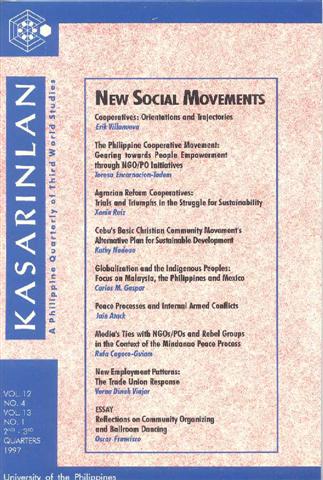Peace Processes and Internal Armed Conflicts
Abstract
One of the significant changes in the nature of the war is the increased prevalence of internal armed conflicts. Recent peace agreements and political changes appear to have brought an end to some of these conflicts in Central America and South Africa. These peace processes can be analyzed in terms of three phases: peacemaking, peacekeeping, and peacebuilding. Peacemaking is the act of bringing hostile parties to come agreement, essentially through peaceful means such as mediation, negotiation and the like. Deemed as an invention of the United Nations, peacekeeping involves the cessation of hostilities and subsequently, the creation of a demilitarized corridor on each side of a truce line. The last phase, peacebuilding, seeks to identify and support structures which will tend to strengthen and solidify peace as to avoid recurrence of conflict. A crucial internal factor concerning conditions for initiating peace processes is a genuine commitment of conflicting groups, as in El Salvador, both to engage in negotiation and to address underlying causes of conflict. A sustainable peace process includes a wide variety of actions contributing to the said phases, ranging from confidence-building measures to economic and political reforms. To ensure its success, it must guarantee that the conflict is demilitarized, must address social and economic issues that generate conflict within the society and must initiate political changes supporting democratic and human rights. Peacemaking must be coupled peacebuilding activities as the former does not necessarily lead to the latter. Rather the latter can reinforce already existing peacemaking efforts, triggering a virtuous cycle of peace.
Section
Features
Keywords
Peace Processes, Central America, South Africa
By submitting a manuscript, the authors agree that the exclusive rights to reproduce and distribute the article have been given to the Third World Studies Center.



